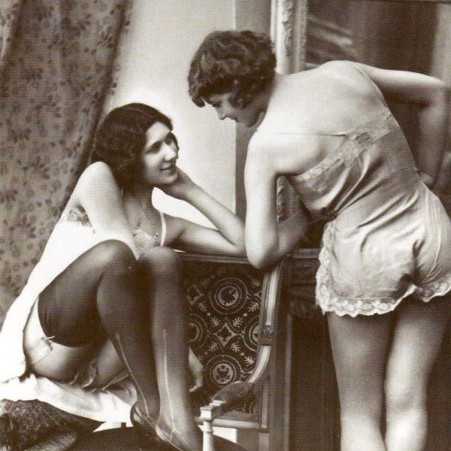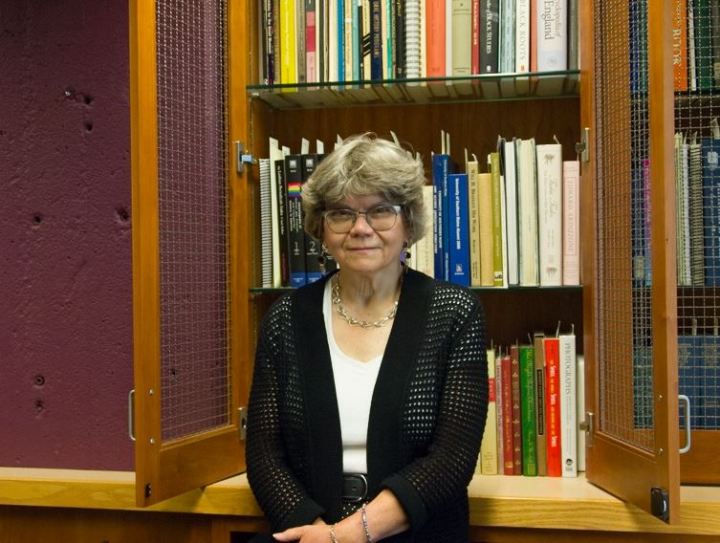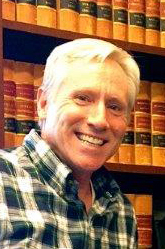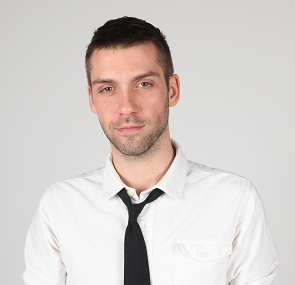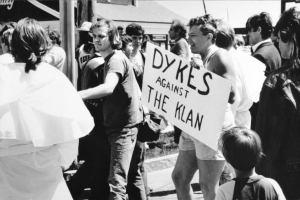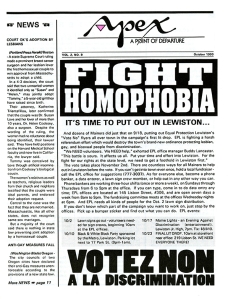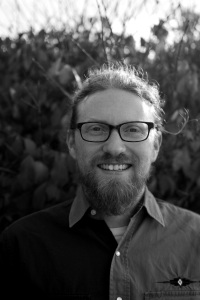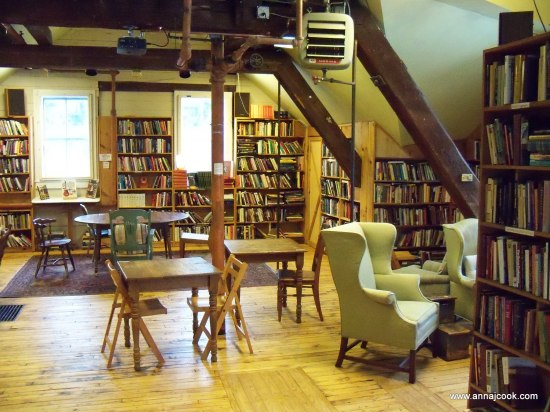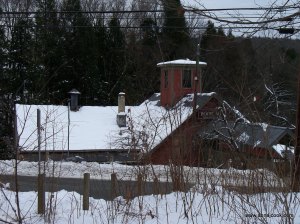Jen Manion is Associate Professor of History at Amherst College. Jen’s research and teaching focuses on gender and sexual nonconformity, race, and the carceral state in the early United States. Manion received the 2016 Mary Kelly Book Prize from the Society for Historians of the Early American Republic for Liberty’s Prisoners: Carceral Culture in Early America (University of Pennsylvania Press, 2015). Jen is currently at work on a new project, “Born in the Wrong Time: Transgender Archives & the History of Possibility, 1770-1870.”
Q1. How do you go about exploring archives for materials relating to gender nonconformity when the materials are likely not classified or advertised in ways that would immediately imply relevance to these topics? How do you begin to construct a picture when the language and discourses surrounding these ideas were so different during your period of study from those of today?
When you read 18th and 19th century newspapers, you find a surprising number of references to people who are crossing gender in some way. Often they are small blurbs or ‘anecdotes’ copied and reprinted widely – as was generally common in newspapers in the early period. By later in the nineteenth century, these references are more likely to be listed in the police blotter. Most historians and archivists of the period have seen them but we generally don’t know what to make of them. Broadly speaking, I’m interested in any discourses about sexual difference, which are quite abundant of course because people were always working through, defining, debating, and sometimes changing what they viewed as key distinctions between men and women.
Q2. Could you talk about some of the types of sources and repositories, particularly in New England, that you’ve consulted for your research?
I spent a considerable chunk of time doing research at The American Antiquarian Society on an NEH [National Endowment for the Humanities] fellowship in 2013. The biggest surprise for me was the abundance of relevant sources in the children’s literature collection. One of my favorites was published in 1859 by the McGloughlin Brothers entitled “The Tom-Boy who was changed into a real boy.” They also have a one-of-a-kind rare newspaper collection for the period that gave me access to a very wide range of references. Some of this is digitized and so research that previously would have taken over a decade could be done in a matter of months. Once I identified keywords that were commonly used in the kinds of sources I was interested in, I could do sweeping searches. Some of those phrases include “male attire” or “female husband” or “female soldier” just to give you some idea. I also worked at the Massachusetts Historical Society with a rather different set of materials. I studied records of the 19th century women’s rights movement, which were filled with exchanges about the sameness or differences between men and women. I also focused on their materials on women’s education, which had some really interesting references to physical education for women. By learning about the proscribed borders for physicality, I could create the context for my analysis of gender crossing during the period.
Q3. You’ve written about the reasons why you seek “to understand the function of ‘transgender’ as an analytical category; to explore the meanings given to representation of transgender experiences – or gender crossings – in history.” What are some of the benefits and challenges of using this approach, and how does it influence your upcoming work, “Born in the Wrong Time: Transgender Archives and the History of Possibility, 1770-1870?”
One type of primary source that is full of amazing content are the many different narratives of so-called “passing women.” I don’t necessarily think that is the most useful or even accurate way to refer to these people from the past. Unfortunately, it is impossible for us to ask them their preferred pronouns or gender identity – a concept that was not formally defined until very late in the nineteenth century. Did they understand themselves in a way that is familiarly transgender to us? Perhaps. In most of these cases, the records are extremely limited and we will never know. But what seems like a barrier — this inability to understand individual subjectivity – is also an opportunity for us to focus more intently on structures and norms that commonly facilitated or obstructed gender crossings. I think commonly used concepts such as “cross-dressing” or “passing women” impose limitations on our ability to imagine a more nuanced experience of gender. Terms such as “transgender” and “queer” challenge us to open up our conceptual framework and blur conventional barriers and binaries.
Q4. You “see knowledge of the past as a very powerful tool that can help us achieve social justice in the present,” and you have noted the connection between scholarly work and activism. What does this look like to you in practice? How can your work on gender in the early United States inform queer and trans activism today?
I think knowledge of our own past is very important for contemporary social justice movements. LGBTQ history has been one of the most exciting and fresh historical fields in the past few decades. We still have considerable work to do in getting it integrated into US History textbooks and convincing teachers and professors that it is vital information for everyone to learn about – it humanizes us. Transgender history today is where gay history was thirty years ago. Path-breaking scholarship by Susan Stryker, Leslie Feinberg, and Joanne Meyerowitz has charted the course while more recent work by Bambi L. Lobdell, Clare Sears, Finn Enke, Peter Boag, and Trystan Cotton is advancing the conversation. But we still know very little about life in the past between or beyond the gender binary and I am very committed to contributing to this important body of scholarship. I think when a community has a history, it helps us to understand ourselves differently. We know we are not alone or even unique. We can learn from the organizing successes and failures of those who came before us.
Q5. What are some exciting developments and possibilities within queer and trans early-American history that are emerging right now? How can archivists facilitate this scholarship?
Students love learning about the possibly transgender, possibly intersex person Thomas/ine Hall who lived as a servant in 17th century Virginia. Kathleen Brown wrote definitively about Hall in the Journal of the History of Sexuality in 1995. A 2014 special issue of Early American Studies on “Beyond the Binaries” edited by Rachel Hope Cleves highlights the most recent work in the field, including a revisit to the Hall case by Kathryn Wichelns as well as interesting work on “the Publick Universal Friend” by Scott Larson and “The Man Who Thought Himself a Woman” by Lizzie Reis. One of the new trends, marked by several essays in the issue as well as my own work, is the turn from sexuality to gender as a productive site of knowing. Sociologist Clare Sears also made an important contribution to this field with their 2014 book Arresting Dress which examines the increased regulation of cross-dressers in San Francisco in the late nineteenth century.
I think archivists have a tremendous role to play in facilitating this scholarship because sources are so difficult to find or identify in the first place. It’s important to have an open mind about what constitutes a “good” source for queer or transgender history. You often have to read between the lines. Sources that seem anecdotal or comical or even mocking of people challenging gender or sex roles are really important for us in piecing together widely held assumptions. So much of the archive of the history of sexuality and gender nonconformity is hostile to its subject but that is just as important for us to know about as records of agency, community, and progress.
